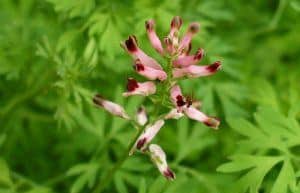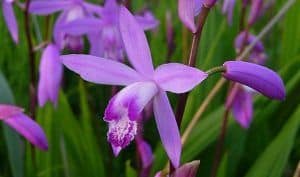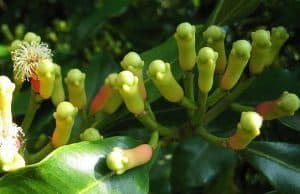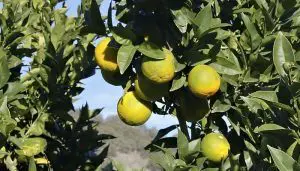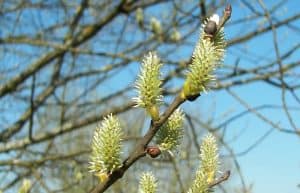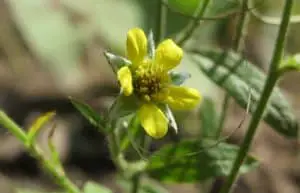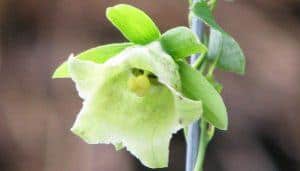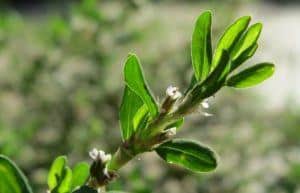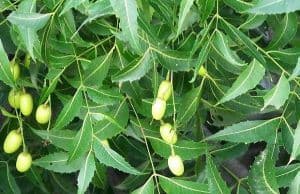In ancient times, fumitory was regarded to have magical powers. The plant was burned in bonfires because it was believed that the smoke from the plant could protect against witchcraft and expel evil spirits. According to an ancient legend, the plant first come to be, not from a seed, but from a vaporous smoke rising […]
Herbs - General
What is Bletilla used for?
The main substances found in the plant are gelatin, essential oil, stilbenoids, blespirol, and phenanthrene glucosides. In Western herbal medicine, the rhizome (root) is known for its astringent, expectorant and emollient (due to the high mucus content of the plant) properties and it has been used to treat indigestion, dysentery and fever. The herb is rarely […]
What is Clove used for?
Cloves contain 12-26% oil, with eugenol (70-90%) and beta-caryophyllene (as high as 7%) as the main constituents. Other ingredients found in the oil are furfural, methyl salicylate and alpha-pinene. The composition of the essential oil can vary depending on the quality and origin of the clove tree. Eugenol inhibits prostaglandin and explains the analgesic and […]
What is Sweet Orange used for?
The sweet orange oil is one of the most widely sold essential oils in the world. The oil is produced by pressing the fruit peel and fruit wall which contain around 0.3 to 2 percent essential oil. The sweet orange oil has low viscosity and the color ranges from light to dark orange. Essential oil […]
What is Goat Willow used for?
The fact that the bark of goat willow has analgesic and antipyretic properties, was already known by the philosophers of ancient Greece Hippocrates and Theophrastus. In medieval times in many parts of Europe, the medicinal properties of the bark were known and the bark was commonly chewed on in order to relieve pain associated with a […]
What is Wood Avens used for?
The strong astringent properties of the tannins present in wood avens combined with other substances could make the herb helpful as an herbal remedy for many ailments associated with the digestive system, such as diarrhea, dysentery, peptic ulcers, ulcerative colitis, Crohn’s disease and other similar inflammatory bowel diseases (IBD). The herb is regarded to be useful in reducing nausea […]
What is Dang Shen (Poor Man’s Ginseng) used for?
Dang shen, as the dried root of poor man’s ginseng is called in Chinese, is a very important and commonly used herbal medicine in China. In China, the herb is regarded both as food and medicine. It is often ground into flour, boiled with rice, added to soups and used as an ingredient in nourishing […]
What is Northern Dock used for?
Northern dock is closely related to yellow dock (Rumex crispus), and has similar medicinal properties. In the past, the herb has been used traditionally both as a food source and medicinally but in today’s herbal medicine it does not play a big role. In folk medicine, it was especially the root that was used, and then primarily […]
What is Knotgrass used for?
The herb contains approximately 1% silicic acid which is partly water-soluble (0.08%) in boiling water. It contains 4% tannins, phenolic acids (caffeic acid and chlorogenic acid), coumarins (umbelliferon and scopoletin) and flavonoid glycosides (hyperin, quercitrin and avicularin). In addition, the herb contains mucins, tannins, traces of an essential oil, vitamin C and other substances. The […]
What is Neem used for?
The healing properties of neem are mainly due to some bitter substances, known as triterpenes (limonoids), with azadirachtin as one of the main active ingredients. In addition, neem contains beta-sitosterol, tannins, polysaccharides, flavonoids and essential oil. Neem in Ayurvedic or Indian Medicine For centuries, the neem tree has played a big part in Ayurvedic medicine […]
